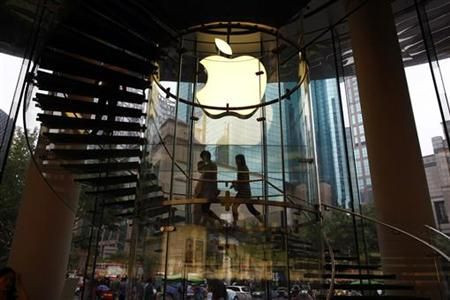iPhone 5 Features: 3G for Now, LTE Likely in 2012

Apple is expected to launch its anticipated next-generation iPhone 5 on Oct. 4, and while it should feature a number of bells and whistles, it will probably lack 4G connectivity ... for now.
Analysts are betting that the new phone won't be able to connect to advanced 4G networks, saying the chips required aren't quite mature enough for Apple's exacting standards.
That should change by 2012, however, when a new version should arrive that can run on Long Term Evolution networks.
Wedbush's Scott Sutherland told clients Apple would come out with an iPhone targeting emerging markets and an LTE iPhone in 2012 with a materially improved user interface, without explaining any further.
If true, this would allow the 2012 iPhone to access Internet data potentially up to several times faster than the current generation and expected October version.
Verizon Wireless and Sprint in the U.S. have 4G networks, while AT&T just introduced its own in selected cities this past weekend.
Earlier this week, industry observers also reasoned that Apple would come out with not just one, but two devices, a high-end flagship phone, and a cheaper version.
A second device based on the current iPhone 4 but with some minor improvements could target the midrange and focus on China, Mark Moskowitz of JP Morgan told clients on Monday.
As for the current iPhone 4, we expect it to subsume 3GS as the lower-end offering.
The research reignites debate as to whether the consumer electronics giant will launch a new flagship, use the current iPhone 4 as the low-end offering, and create a new device.
But for Moskowitz, a new, cheaper device makes sense, as it allows Apple to tap into the massive China market without the premium shock.
If penetrated, China Mobile and China Telecom, with approximately 600 million and 100 million subscribers, alongside Sprint and T-Mobile USA with 52 million and 33 million subscribers, stand to have an effect tantamount to the big increase in the number of carriers exhibited in the June quarter, he said. We would expect such a big bang if Apple introduces two new iPhones this fall and penetrates the untapped U.S. and China carriers.
While Apple has already become the No.1 smartphone vendor in the world, beating out Samsung, Nokia and BlackBerry maker Research in Motion in the second quarter, the company still has plenty of room to grow, especially in China.
Despite being No. 1, Apple is only running the iPhone on 42 carriers so far, versus nearly 600 for RIMM, Sutherland says.
As for the rumored iPad 3, Moskowitz shot the notion down, echoing the words of others on Wall Street that say given the current dominance of the iPad 2, there would be little reason to upgrade now.
The other tablet entrants have stumbled, Moskowitz wrote. Offerings by MMI and RIM have been the latest disappointments. Also, we had the opportunity to demo Sony's tablet before its launch. We were not impressed.
Indeed, the same analyst noted last week that Motorola Mobility's Xoom tablet had not exhibited much in the way of meaningful market penetration and that Research in Motion said it shipped only 200,000 PlayBook tablets in its second quarter ended in August. That was fewer than analysts were expecting.
In comparison, Apple shipped over nine million tablets, and is projected to command over 60 percent of the tablet market in 2012.
© Copyright IBTimes 2025. All rights reserved.



















